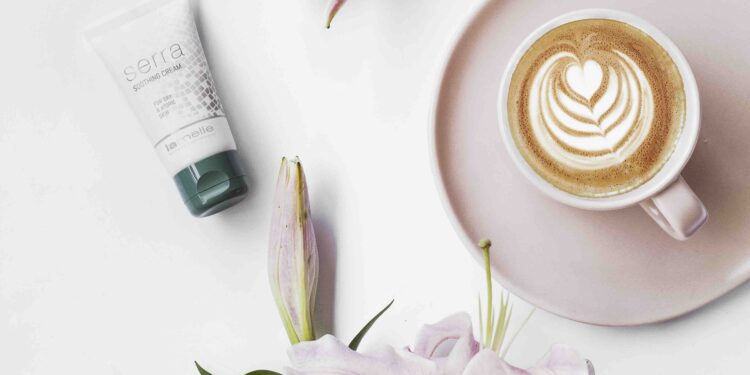When it comes to sunburn, prevention is better than cure. The sun’s rays are incredibly dangerous, and for those of us living on the African continent, summer can be brutal on our skin. Not only are we at risk of getting a painful sunburn, but we are also at risk of developing skin cancer.
Each of us should do everything we can to prevent getting sunburnt, particularly during summer, when we are most at risk. This includes applying SPF daily, wearing protective clothing, and avoiding the sun during peak hours. However, we are only human, and even the most diligent of us slip up sometimes.
Developing a sunburn should not be a part of your annual summer holiday, but if you do get one, it’s essential to know how to ensure your skin heals quickly.
Why does our skin get sunburnt?
When our skin is exposed to too much UV (ultraviolet) light, it results in sunburn. The primary source of UV light is the sun, however, artificial sources such as tanning beds may also burn the skin. The sun’s UVA rays can penetrate the deeper layers of the skin, leading to premature ageing and DNA damage. On the other hand, UVB rays penetrate the skin more superficially and are responsible for sunburn.
When exposed to the sun, we are at risk of developing sunburn, long-term skin damage, and skin cancer. Everyone can get sunburnt, regardless of age, gender, or ethnicity, so it’s essential to take steps to protect yourself when you go outdoors.
What are some of the symptoms of sunburn?
The most apparent symptom of sunburn is redness, particularly in fair skin tones. The skin may feel hot to the touch, painful, itchy, or tender, and in severe cases, there may be swelling or blistering.
When does a sunburn require medical attention?
Do not underestimate the power of the sun. A bad sunburn can be life-threatening if not treated. You should seek immediate medical attention if you experience severe symptoms such as chills or fever, headaches, blistering, nausea, muscle cramps or dizziness.
How can you treat a sunburn at home?
In most cases, a sunburn can be treated at home, but the discomfort will take some time to be alleviated. Here’s what to do:
Stay out of the sun—This may seem obvious, but the worst thing you can do is expose your sunburnt skin to further damage. Stay indoors while your skin heals, or wear protective clothing if you need to go outside.
Drink lots of water – Sunburnt skin draws fluid to the skin’s surface, so your body will need more water than usual to avoid dehydration.
Take cool showers or baths – The cold water will help soothe your skin. Don’t rub your skin when you get out; pat it dry gently to avoid further pain and irritation. Do not apply ice as it may worsen the damage.
Take painkillers if necessary. Ibuprofen or aspirin can be taken to relieve pain and swelling.
Wear loose clothing – Tight-fitting clothing irritates burnt skin and may cause unnecessary friction.
Avoid perfumed products – Fragrances, scented soaps, or lotions should not be applied to sunburnt skin as they may cause irritation.
Apply a cooling gel with healing properties – Lamelle Research Laboratories recently launched Helase Rescue Repair Gel, an after-sun skin saviour that can be used by the whole family.



































